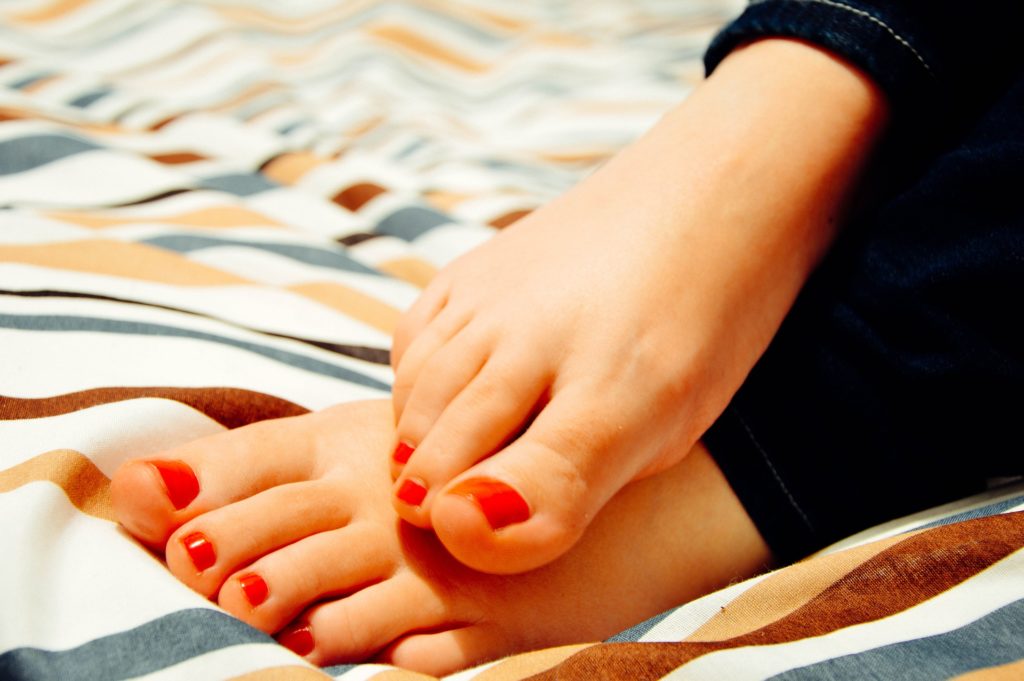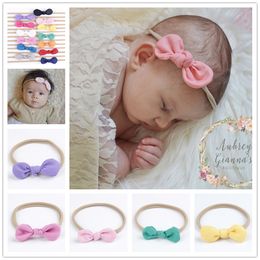
Did you know that the condition of your feet can affect the rest of your body?
With a poor choice of footwear, you’re affecting your appearance and health. You could suffer blisters, muscle aches, bone conditions, and more.
Don’t worry, here are some tips to get the right shoes for you. Choose the best shoe for your feet and start reaping the benefits.
Benefits of the Best Shoe for Your Feet
When you get the right shoes for you, your feet will feel comfortable and this lessens back troubles.
The shoes won’t put pressure on your feet and the right shoes can get you through any terrain or activity. The best shoes for your feet improve your circulation by promoting venous return and preventing swollen veins.
Signs You Are Wearing the Wrong Shoes
Wearing shoes without a proper arch or too high heels will cause heel pain. If you wear shoes that are smaller for you, your toes might get damaged, or become ingrown.
When your foot alignment is not right, your hip and lower back will grow sore. You can also get inflammation due to constant foot pressure. Wearing the wrong shoes can form hammertoes, bunions, corns, or clawed toes.
Know the Measurement of Your Feet
Stand as you measure the size of your feet because your feet will spread out more. This gives the largest size and shape of your feet for the most accuracy. Don’t focus too much on your size number since most shoe sizes differ by company.
The easiest way to measure your feet is by placing it onto a piece of paper and tracing the perimeter. Use a ruler to measure from the bottom of your heel to the top of your big toe. Get the width of your feet using a soft measuring tape.
Consider These Tips When Buying Shoes
Squeeze the toe part and heel part. They should not have any deformities once you let go since a soft heel will sag faster if they do.
Apply some pressure on your midfoot when trying high heels. This is to check if the heel will slide backward. It will cause drawbacks like a wobbly gait and constant loss of balance.
Pay attention to the flexibility of your sole. If the sole is not flexible, it limits the foot joints from moving and causes rapid fatigue or gait disorders.
Shop for shoes in the late afternoon. By the end of the day, your feet will be a bit swollen. You’ll know if the pair fits after you walk around all day. Inspect the shoes afterward for damage and make sure it does not have rough internal seams.
Types of Shoes and When to Wear Them
Athletic shoes are best for exercising since they help enhance performance and prevent injuries. There are athletic shoes for running, training, and other activities. Find shoes that are slip-lasted which makes the shoe more flexible and lightweight.
Minimalist shoes stimulate barefoot running and help maintain your ankle flexibility. Barefoot shoes do not force your toes to move in a certain shape and require more strength to walk and run than normal. Note that this kind of shoe won’t benefit people with feet problems and pains.
Sandals or flip flops are great for short distance walking. It’s best to wear them during the hot season to let your feet breathe for no sweat.
Boots protect your feet and legs from the cold, water, and other hazards. Boots stay durable and consist of heavier materials. This allows them to last longer and tackle rough terrain.
Dress shoes are for formal occasions, but some shoes can alter your body posture and cause feet pain. Wearing high heels often causes blisters and the pain passes to the ankles, knees, then spine. So only use dress shoes during events like marriages, work parties, or dates.
Wear the Right Shoes for the Right Setting
When choosing shoes, consider the weather, conditions, and the occasion. If you are going to walk on ice or in the water, wear slip-resistant shoes so you won’t slip and fall. For tough terrains when hiking or walking in the woods, get sturdy boots to provide ankle support.
For professional settings like work or weddings, wear dress shoes to look polished. Save your sneakers or sandals for your casual activities like running errands. You should know where you are going before wearing high heels or you could stumble around.
Get Them or Reject Them
When trying out any type of shoes, wear the socks you normally wear to make sure the thickness does not affect the fit.
Leave at least half of the space at the front and an eighth of the space at the back of the shoe. The toes need to move or they may get corns, calluses, blisters, or deformities.
Before buying the shoes, try walking around on different surfaces. The shoes should be comfortable as soon as you try on the shoes and when you walk around.
Know When to Replace Your Shoes
Take a good look at the bottom of your shoe, make sure the sole is not worn down or peeling. Check the midsole or the cushioning of your shoe, it has to be soft and with minimal creases. Replace your shoes if you feel aches and pains on areas of your feet.
You can prolong the life of your shoes by using a disinfectant spray. This kills microbes that contaminate the outside and inside of your shoes. Make sure you hand-wash your shoes and air-dry them rather than using a washer and high heat.
Better yet, replace your shoes every 8 to 12 months or for every 500 to 700 kilometers for running shoes. Always watch the condition of your shoes and start choosing shoes that last longer like Adidas Sambas.
Find the Best Shoe for Your Feet
Your shoe works best if it fits and does not move around when you are walking. Take your time trying out shoes at the shops to get the right shoes for you and lessen the risks of pains from your feet.
Thanks for reading! Liked the article on how to pick the best shoe for your feet? If yes, feel free to leave a comment below and read more of our lifestyle and shopping guides right here!

Leave a Reply